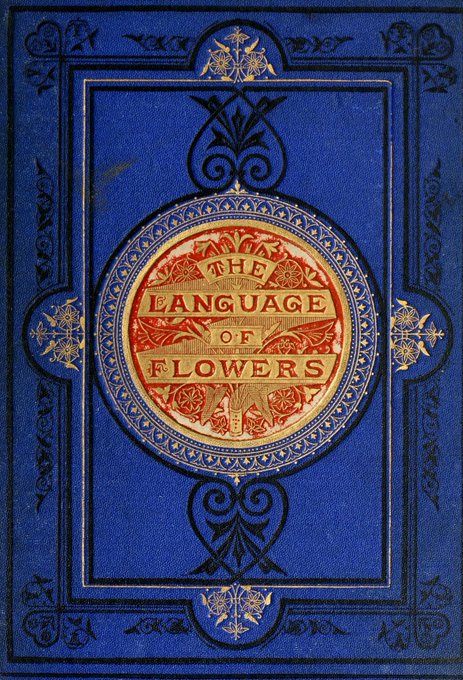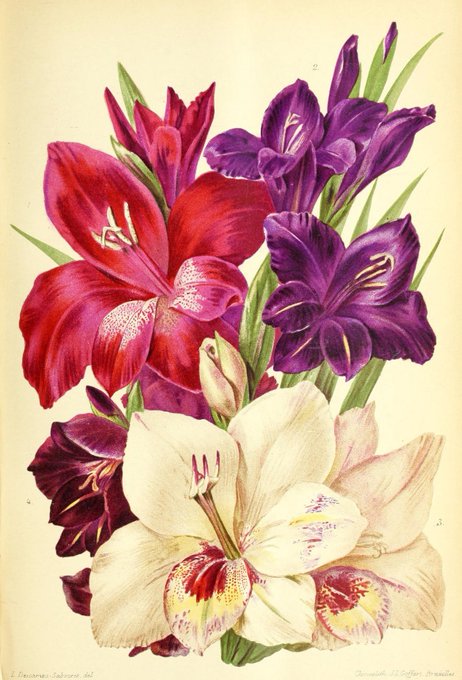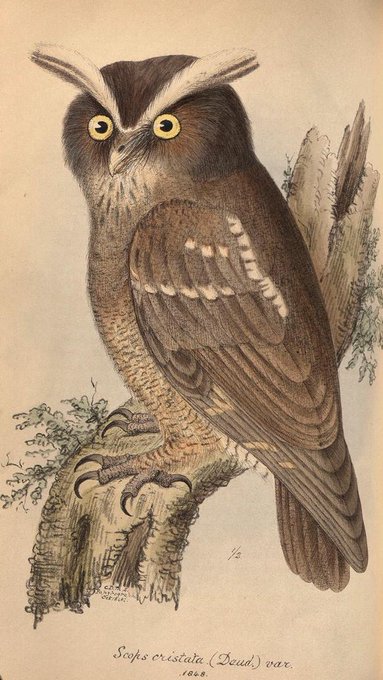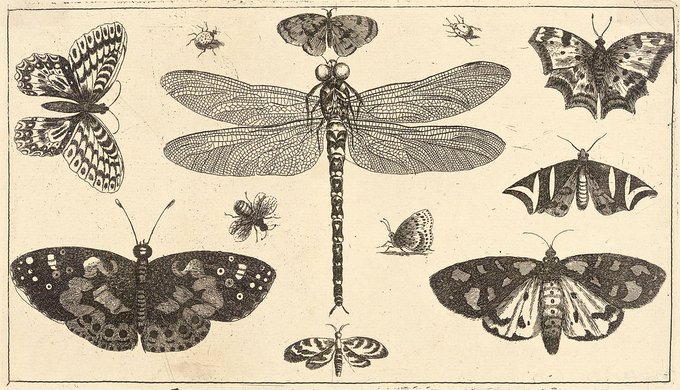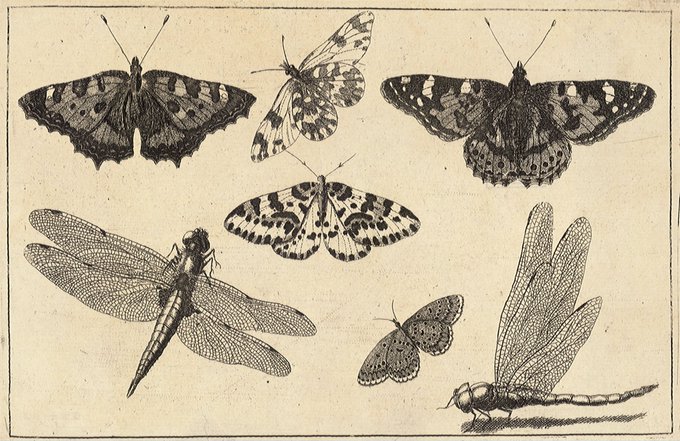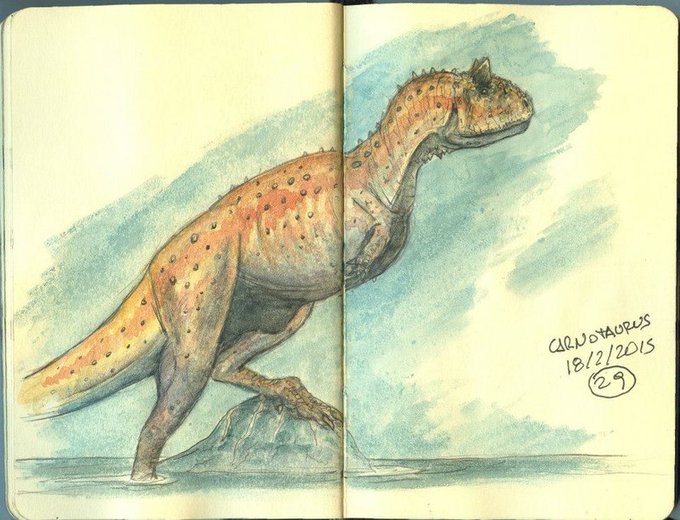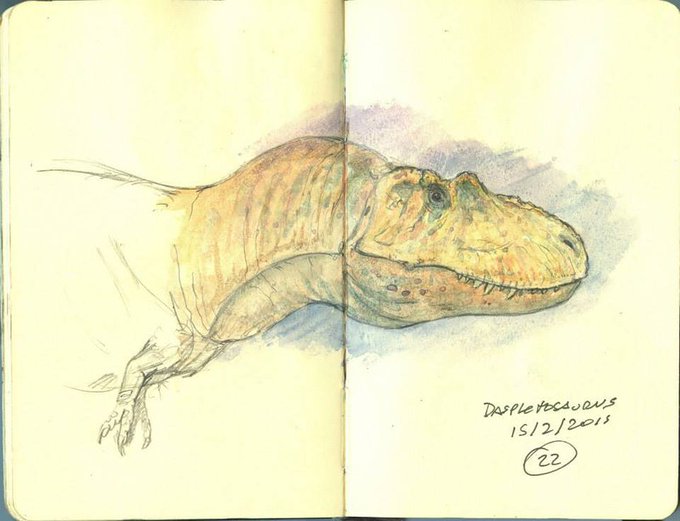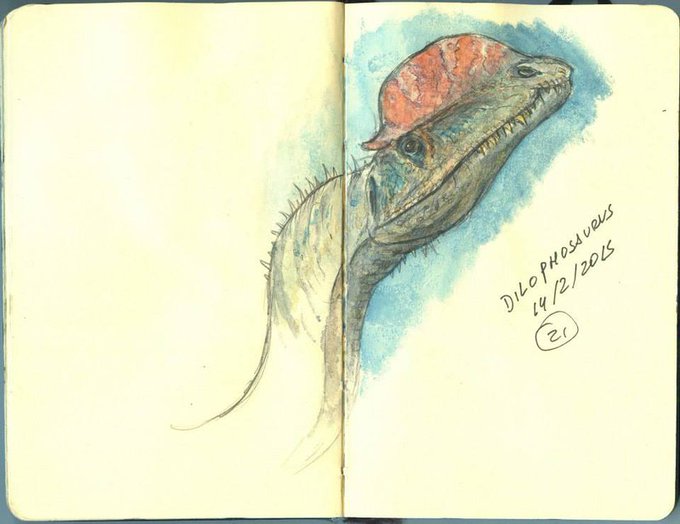sciart.のTwitterイラスト検索結果。 40 件中 2ページ目
“Language of Flowers” — a popular Victorian literary trend — used flowers to represent various sentiments. Tyas' 1869 monograph on the subject was a guide to many different floral emblems & their meanings, complete with poetry & #SciArt. Via @NYBG ➡️ https://t.co/dqp124rXHB
#PortfolioDay I'm a vision scientist, but also a fine artist and science illustrator. I make nature-themed art and visuals for scientific outreach. The butterflies are my current painting-in-progress!
🎨https://t.co/4SigI1izgp
🖥️https://t.co/Lyao49zdbD
📩dinasciart@gmail.com
@IAmSciArt @gaiusdivifilius Nice to meet you! I am a PhD candidate studying the genetic and ecological forces responsible for the diversity in fish anatomy. I use methods of visualizing anatomy, coupled with photography, to make sciart.
Here is an example of how photography is a great tool for #SciArt.
These are gooseneck barnacles, a common marine invertebrate found along the coast of Washington State.
I took the photo which helped me illustrate my painting.
Highlights from the eggs and babies #paleostream!
Citipati (with Byronosaurus nest parasite), Nuralagus, Helicoprion and Incisivosaurus. #paleoart #easter #art #dinosaurs #sciart.
"A Century of Birds from the Himalaya Mountains" (1831) is the 1st publication Elizabeth Gould illustrated. She learned lithography from Edward Lear to produce the #SciArt. Explore her life & works via @book_historia & @SILibraries ➡️ https://t.co/fbsYS64ZmF #HerNaturalHistory
The illustrated botanical magazine, 𝙍𝙚𝙫𝙪𝙚 𝙃𝙤𝙧𝙩𝙞𝙘𝙤𝙡𝙚, published by the Société nationale d'horticulture de France, is filled with stunning #SciArt. It's recently been uploaded to the #BHLib Flickr thanks to @HarvardLibrary ➡️ https://t.co/ZJDf2ZDC53 🌸🌺🌼
"Contributions to Ornithology" (1848-1852) by Sir William Jardine was the 1st ornithological periodical produced in Britain. Jardine's daughter Catherine produced much of the work's #SciArt. Explore it in #BHLib for #Feathursday thanks to @AcadNatSci ➡️ https://t.co/7pQPxtRMCr
Historic #SciArt. Because museums didn't always get it quite right. #MusMeme
(From "Musei Leveriani explicatio, anglica et latina" (1792), in #BHLib via @SILibraries: https://t.co/3TCOeQn1UX)
✨ Hi everyone! ✨
I’m currently available for illustration and design work. I’ve done everything from book cover/spot/visual storytelling illustrations to product designs/illustrations and #sciart.
Contact: natalie@thefuzzyslug.com
Portfolio: https://t.co/zJ1uwStjIE
Our lifetime digital subscription means you subscribe once, and you're set for life! No fees, on renewals, all #SciArt. Start yours today: https://t.co/apexxR6NaC
Pre-Linnaean #SciComm #SciArt. Sciencely illustrated to classify #dragonflies. Wenceslaus Hollar 17th Century etchings c. 1644 to1646.
Joseph Dalton Hooker's books contain stunning #SciArt. Browse the art in Flickr: https://t.co/myMfNXFYi1 #JDHooker2017 #BotanicMonday
Victorian Diatom Art for today's #SciArt. Mid-late 19th century.
More: https://t.co/pBgFTtcPCi
This one is an oldie for #sciart. Cut through a #spermwhale head for a studying project from my University times. #illustration #drawing
Roots, seeds & reproductive plant parts absent from H. Vincent #SciArt. Why? https://t.co/gFAPJt93Am @chicagobotanic
Almost finishing the #sciart. What an amazing initiative. Again, thanks to team @Symbiartic!! here' re some therops!
Some #lowpoly organs, reposting for #SciArt. #3D in #maya then manually in #illustrator #brain #heart #typography
One more for today's #SciArt. I posted about peacock trains earlier today. Here's an unfinished Pavo cristatus in ink

